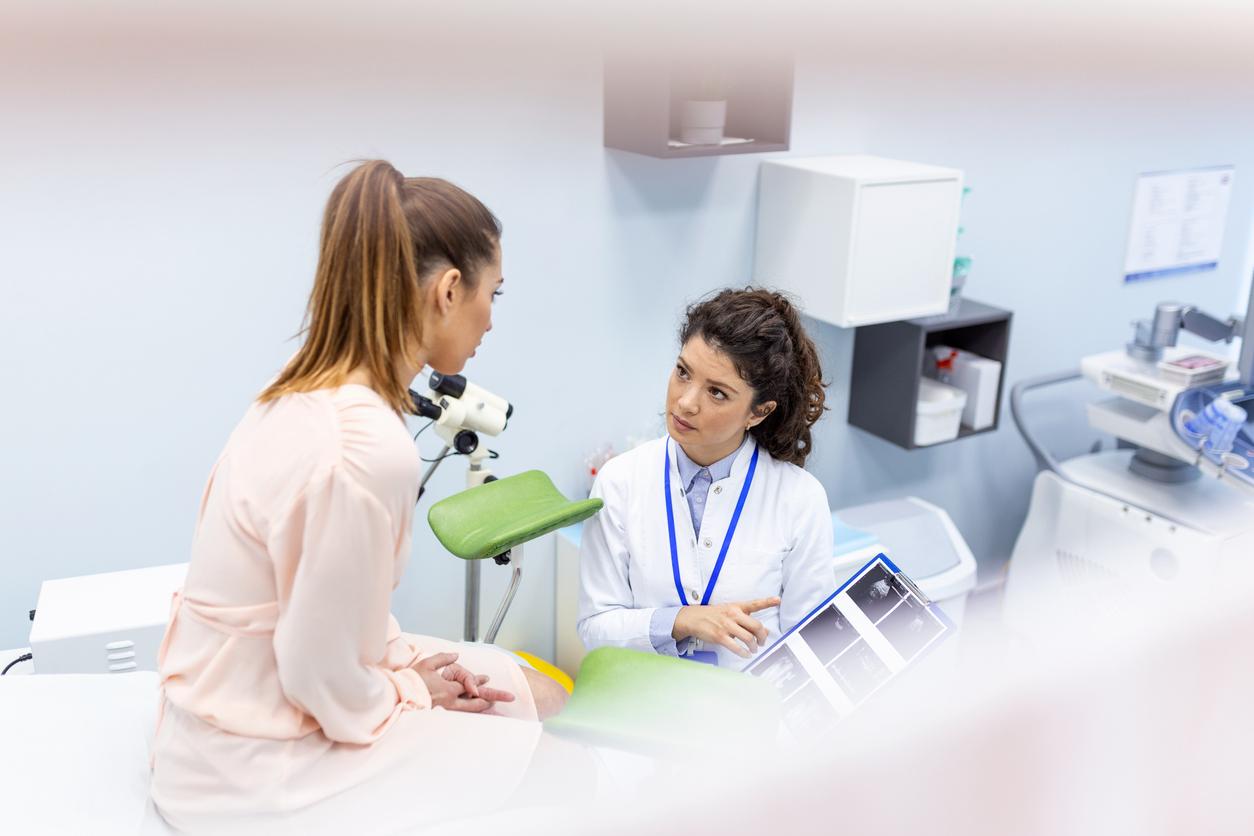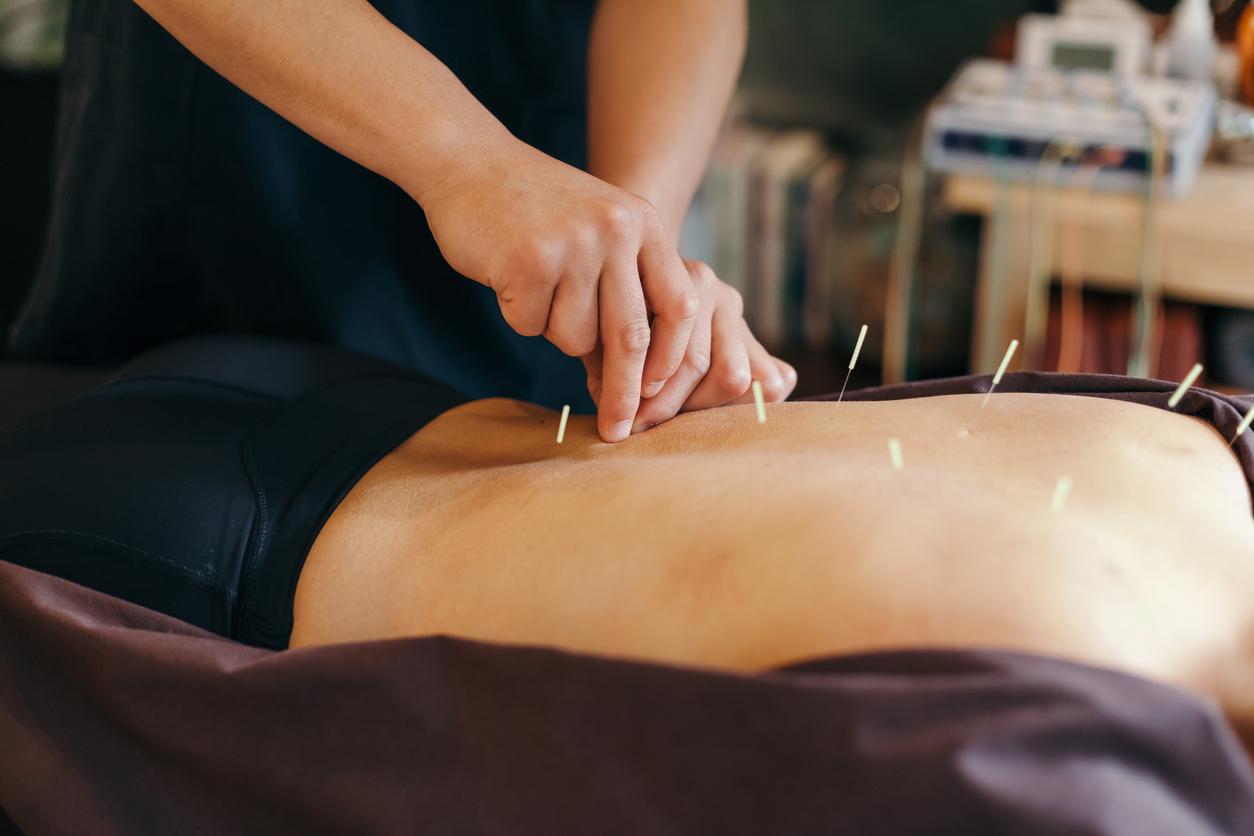The symptoms of prolapse, also called organ descent, are easy to spot and require a quick consultation with a gynecologist to make the diagnosis and start treatment.

- Prolapse, or organ prolapse, is characterized by one or more pelvic organs – the uterus, bladder and, more rarely, the rectum – sliding down into the vagina.
- The main symptoms are a feeling of a lump in the vagina, urinary and intestinal disorders, as well as sexual pain.
- If symptoms occur, it is essential to consult your gynecologist to make a diagnosis and start treatment.
Around 40% of women over the age of 45 will have a more or less advanced prolapse noted during a gynecological examination, according to the Civil Hospices of Lyon. This is organ prolapse, another name for prolapse.
Symptoms not to be neglected
In concrete terms, one or more pelvic organs – the uterus, the bladder and, more rarely, the rectum – slide down into the vagina. They “press and deform the vaginal wall, until they externalize beyond the vulva“, noted health insurance.
At the beginning of prolapse, patients usually do not feel pain or other symptoms. These only occur if the prolapse worsens. So, when it manifests itself, it is important to recognize them and consult your gynecologist as soon as possible.
There are five main symptoms of prolapse:
- Feeling of a lump in the vagina or outside the vagina.
- A feeling of vaginal heaviness or discomfort in the lower abdomen or lower back.
- Urinary disorders that are characterized in different ways: weak urinary stream, jerky and incomplete urination, frequent cystitis, urinary leakage or even an often urgent need to urinate.
- Bowel problems such as chronic constipation or anal incontinence.
- Sexual problems with pain or discomfort during sexual intercourse or even bleeding after intercourse.
When a woman experiences these symptoms, they should not be minimized or thought to be due to other factors such as age, pregnancy or childbirth. A gynecological examination allows a diagnosis to be made, the extent of the prolapse to be measured and the organ affected by this descent to be seen.
Conservative treatments for prolapse
For moderate cases of prolapse, so-called conservative treatments are offered to women to control the progression. These include hygiene and dietary measures (losing weight, balanced diet, opting for gentle physical activities such as gym or swimming, limiting a sedentary lifestyle, avoiding carrying heavy loads, etc.), perineal rehabilitation carried out with a physiotherapist or midwife and the use of a pessary, an intravaginal device inserted deep into the vagina that holds the organs in place, which limits the patient’s feeling of discomfort.
For more severe cases of prolapse, especially when patients are very bothered by symptoms and other measures have not worked, surgery may be offered to correctly reposition the prolapsed organ.

















